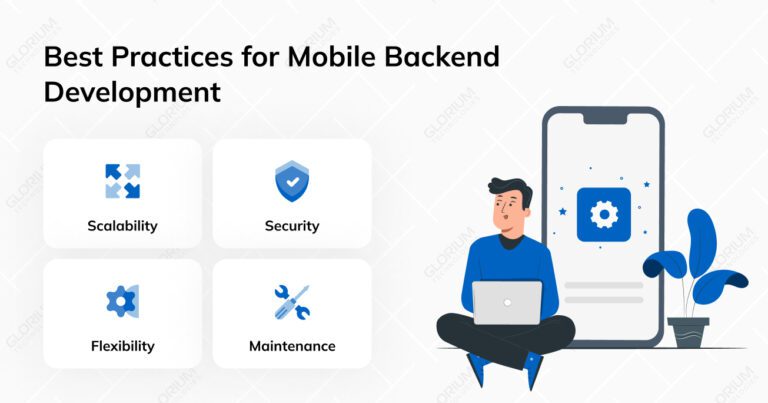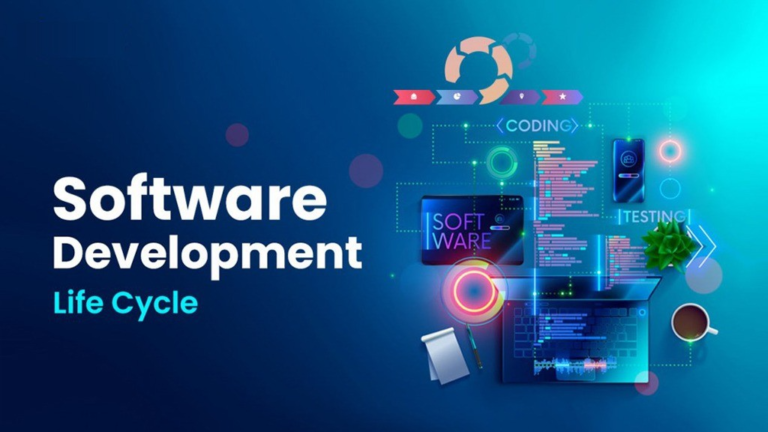Building a Scalable Backend for Your Short Video App: Tips and Techniques
Introduction
Short video apps have taken the digital world by storm, with platforms like TikTok, Instagram Reels, and YouTube Shorts leading the charge. These apps handle an enormous amount of data and user interactions, making it essential to have a scalable backend that can support millions of users while ensuring a seamless experience. Whether you’re planning to partner with a Short Video App Development Company or looking to hire Android app developers, understanding the backend architecture is crucial for the success of your app.
In this guide, we’ll explore the essential tips and techniques for building a scalable backend for your short video app, focusing on performance, scalability, and the ability to handle large amounts of data.
Understanding the Requirements of a Short Video App
Before diving into the technical aspects, it’s essential to understand the unique requirements of a short video app:
- High Data Traffic: Short video apps handle large volumes of video uploads, streams, and downloads daily. The backend must manage this data efficiently to prevent lag or downtime.
- Real-Time Interactions: Users expect real-time features like live streaming, comments, likes, and shares. Your backend must process these interactions instantly without delays.
- Scalability: As your app grows, the backend must scale to accommodate more users and data without compromising performance.
- Security: User data, especially video content, needs to be securely stored and transmitted. Ensuring data privacy and protection against breaches is paramount.
Tips for Building a Scalable Backend
1. Choose the Right Technology Stack
The technology stack you choose will lay the foundation for your app’s scalability and performance. Here are some key considerations:
- Programming Languages: Consider using languages like Node.js, Python, or Go, known for their scalability and performance in handling asynchronous operations and high data traffic.
- Database Management: Opt for databases that can scale horizontally, such as MongoDB, Cassandra, or DynamoDB. These NoSQL databases are designed to handle large amounts of unstructured data like videos, user profiles, and interactions.
- Microservices Architecture: Implement a microservices architecture to break down your app into smaller, manageable services that can be developed, deployed, and scaled independently. This approach enhances flexibility and allows your app to handle increasing loads more efficiently.
2. Implement Efficient Data Storage Solutions
Handling video content requires a robust data storage solution that can scale as your user base grows:
- Cloud Storage: Use cloud storage solutions like AWS S3, Google Cloud Storage, or Azure Blob Storage to store and manage video files. These platforms offer automatic scaling, high availability, and security features that are crucial for a short video app.
- Content Delivery Network (CDN): Integrate a CDN like Cloudflare or Akamai to distribute video content across multiple servers worldwide. CDNs reduce latency, improve load times, and ensure a smooth user experience by delivering content from servers closest to the user.
- Database Optimization: Regularly optimize your database by indexing frequently accessed data, archiving old data, and implementing efficient querying techniques to reduce load times and improve performance.
3. Optimize Video Processing and Delivery
Video processing is a resource-intensive task that can significantly impact the performance of your backend if not handled correctly:
- Video Compression: Implement video compression algorithms to reduce file sizes without compromising quality. Smaller files reduce the strain on your storage and network, leading to faster uploads and downloads.
- Transcoding: Use transcoding services like AWS Elastic Transcoder or FFmpeg to convert videos into different formats and resolutions. This ensures compatibility across various devices and network conditions.
- Adaptive Streaming: Implement adaptive bitrate streaming, where the video quality adjusts in real time based on the user’s internet speed. This technique improves the user experience by minimizing buffering and ensuring smooth playback.
4. Ensure Real-Time Data Processing
Real-time features like live streaming, comments, and notifications are critical for user engagement:
- WebSockets: Use WebSockets for real-time communication between the client and server. Unlike HTTP, WebSockets provide a persistent connection, allowing real-time data transfer with minimal latency.
- Message Queues: Implement message queues like Apache Kafka or RabbitMQ to manage and process real-time data streams. These tools ensure that data is processed in the correct order, even during peak traffic, without overwhelming your servers.
- Load Balancing: Use load balancers to distribute incoming traffic evenly across multiple servers. This technique prevents any single server from becoming a bottleneck, ensuring a smooth and responsive user experience.
5. Plan for Scalability from the Start
Scalability should be a primary consideration from the initial stages of development:
- Horizontal Scaling: Design your backend to support horizontal scaling, where additional servers can be added to manage increased loads. This is more cost-effective and flexible than vertical scaling, where a single server’s capacity is increased.
- Auto-Scaling: Use cloud platforms like AWS, Google Cloud, or Azure that offer auto-scaling features. These services automatically adjust the number of running instances based on traffic, ensuring that your app remains responsive during traffic spikes.
- Database Sharding: Implement database sharding to distribute data across multiple servers. Sharding divides your database into smaller, more manageable pieces, allowing it to scale horizontally and handle large datasets more efficiently.
6. Security and Compliance
Security is a critical aspect of any app, especially for one dealing with user-generated content:
- Data Encryption: Encrypt all user data, including videos, both at rest and in transit. Use SSL/TLS for secure data transmission and AES encryption for stored data.
- Authentication and Authorization: Implement robust authentication mechanisms, such as OAuth or JWT, to ensure that only authorized users can access specific features and data.
- GDPR Compliance: Ensure your app complies with data protection regulations like GDPR if you have users in the European Union. This involves obtaining user consent for data collection, providing clear privacy policies, and allowing users to delete their data.
The Role of a Short Video App Development Company
Working with a Short Video App Development Company can streamline the development process, ensuring that your app is built with scalability, performance, and security in mind. These companies have the expertise to choose the right technology stack, optimize video processing, and implement scalable solutions from the outset. Whether you need to hire Android app developers or engage a full-service development team, partnering with experienced professionals can significantly reduce the time to market and increase the likelihood of your app’s success.
Conclusion
Building a scalable backend for your short video app is a complex task that requires careful planning, the right technology stack, and a focus on performance optimization. By implementing the tips and techniques outlined in this guide, you can create a robust backend capable of handling millions of users and ensuring a seamless experience. Whether you’re working with a Short Video App Development Company or looking to hire Android app developers, prioritizing scalability and security will set your app up for success in a highly competitive market.
FAQs
- Why is scalability important for a short video app?
- Scalability ensures that your app can handle increasing traffic and data without compromising performance, essential for maintaining a seamless user experience as your user base grows.
- What technologies are best for building a scalable backend?
- Technologies like Node.js, Python, MongoDB, and cloud platforms like AWS are commonly used for building scalable backends due to their ability to handle high traffic and large datasets.
- How can a Short Video App Development Company help in building a scalable app?
- A development company brings expertise in choosing the right technology stack, optimizing performance, and implementing scalable solutions, ensuring your app is built to handle future growth.
- What role does security play in short video app development?
- Security is crucial for protecting user data, especially videos, from unauthorized access or breaches. Implementing encryption, secure authentication, and compliance with regulations like GDPR are vital for safeguarding your app.






